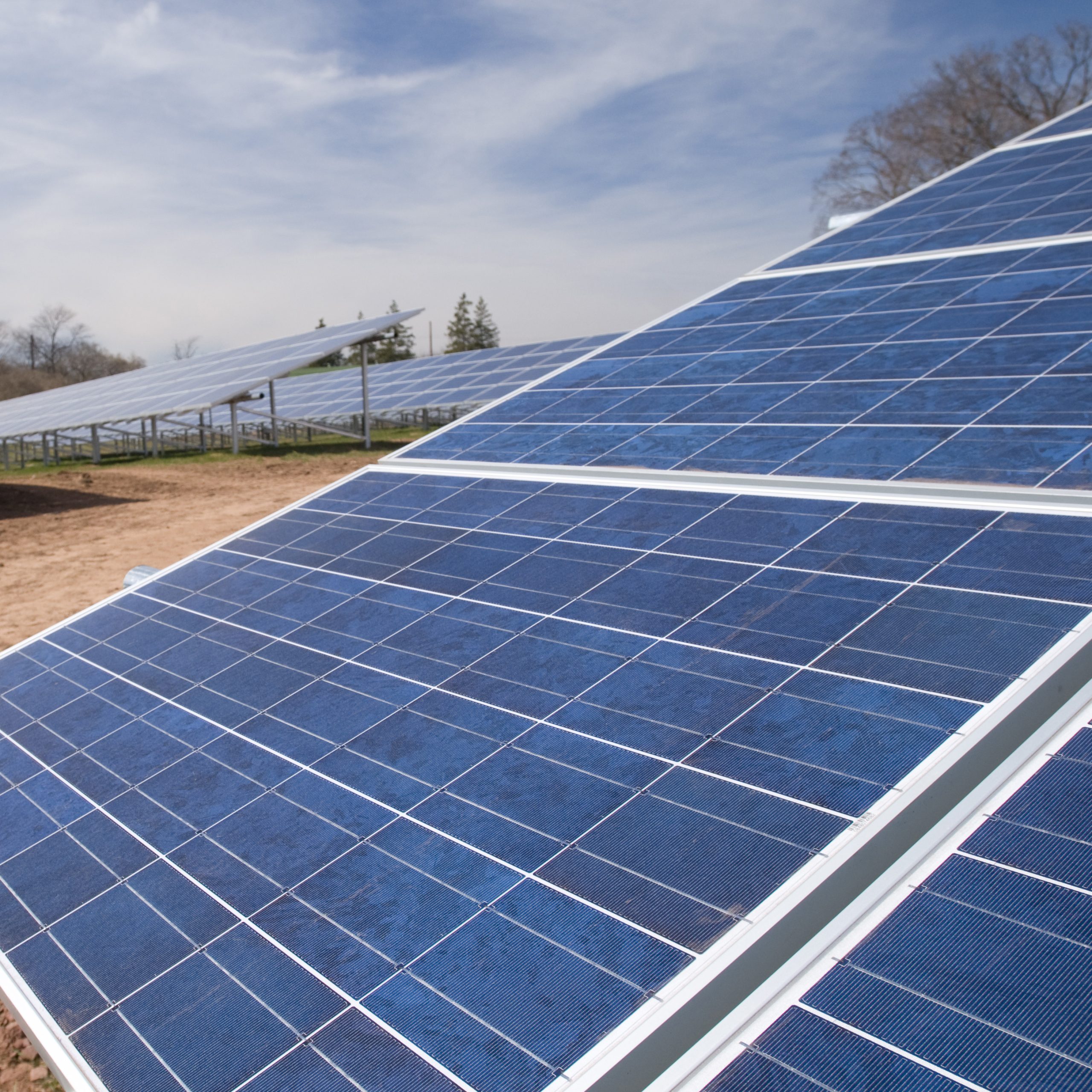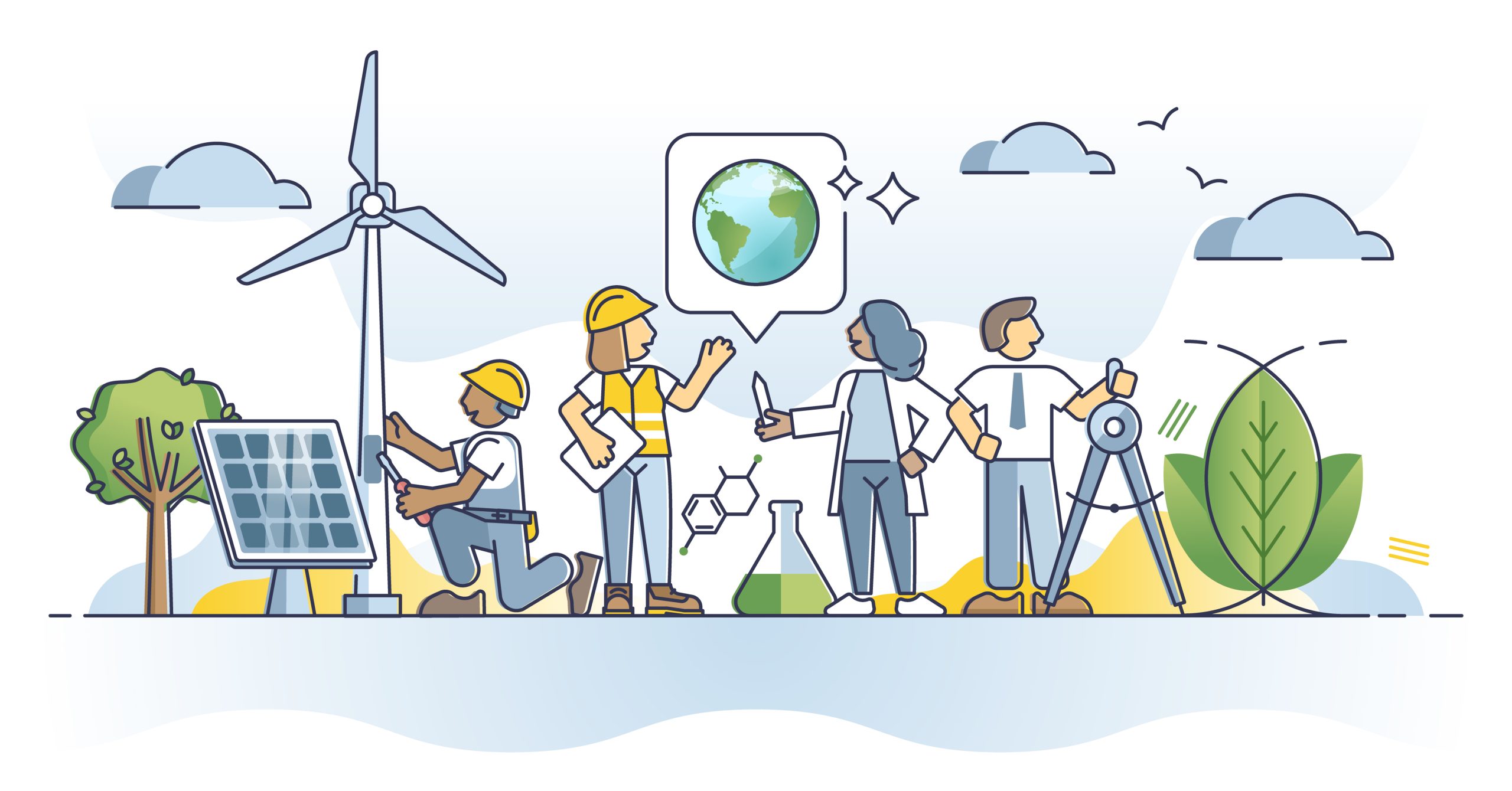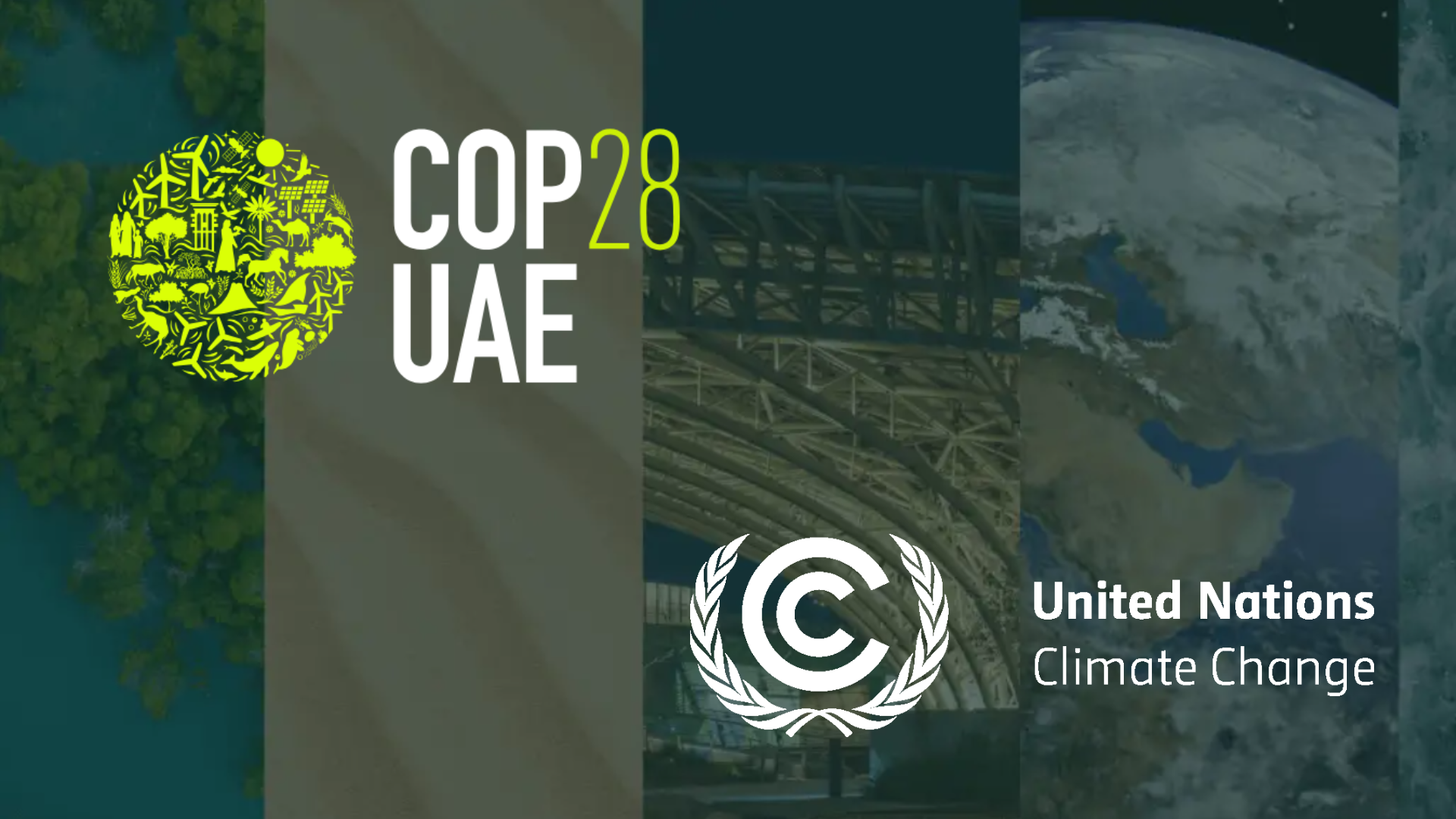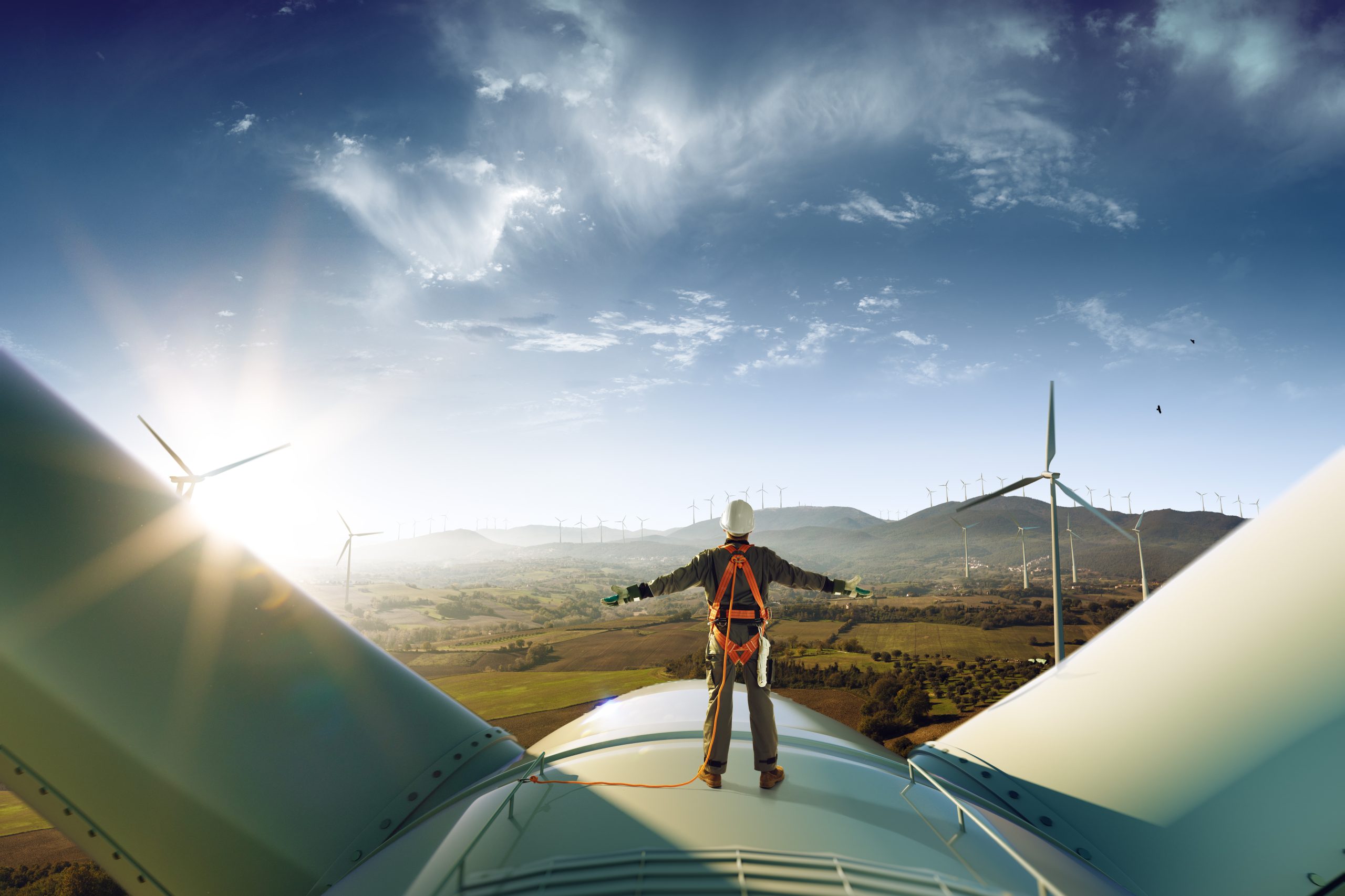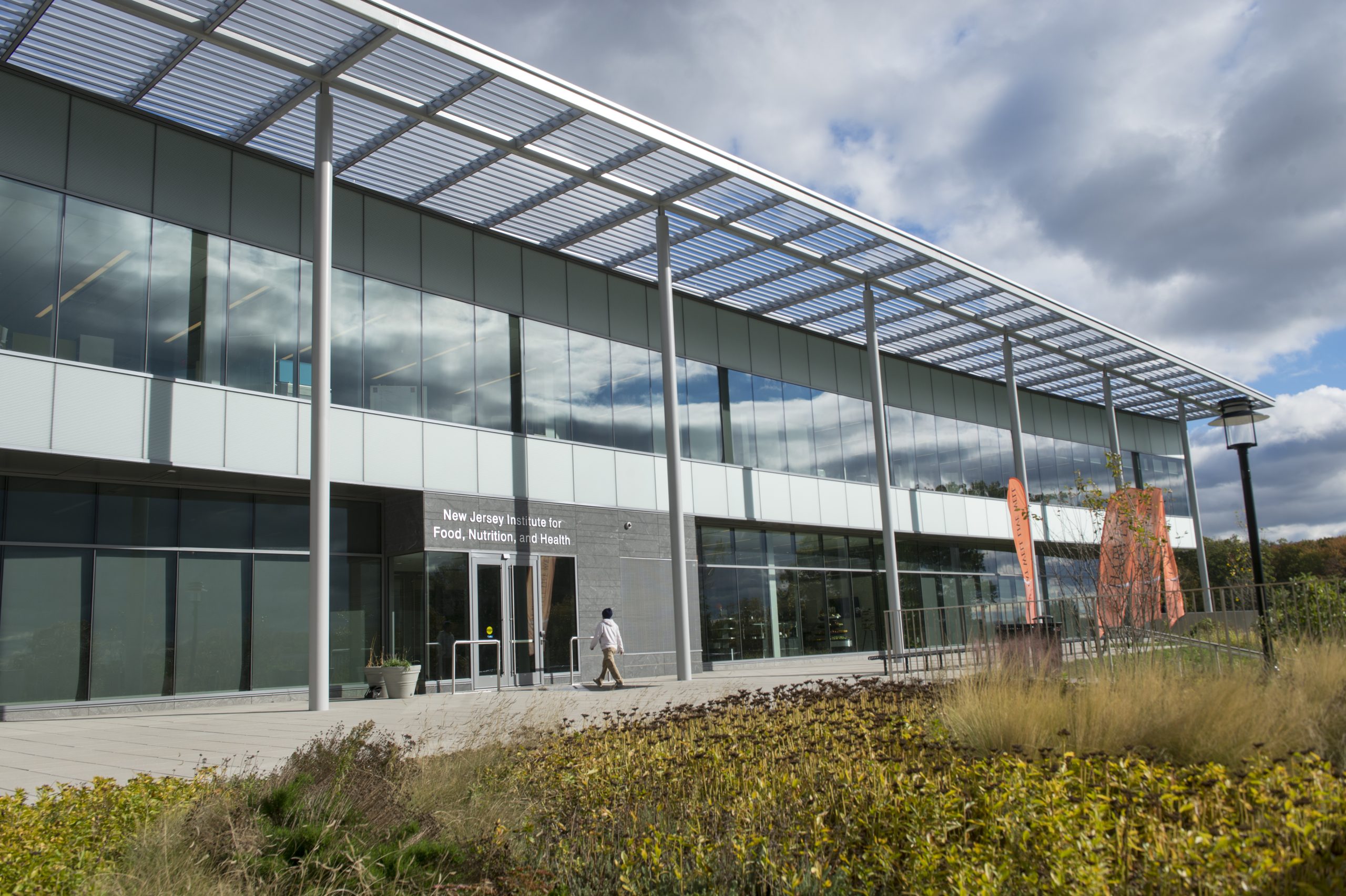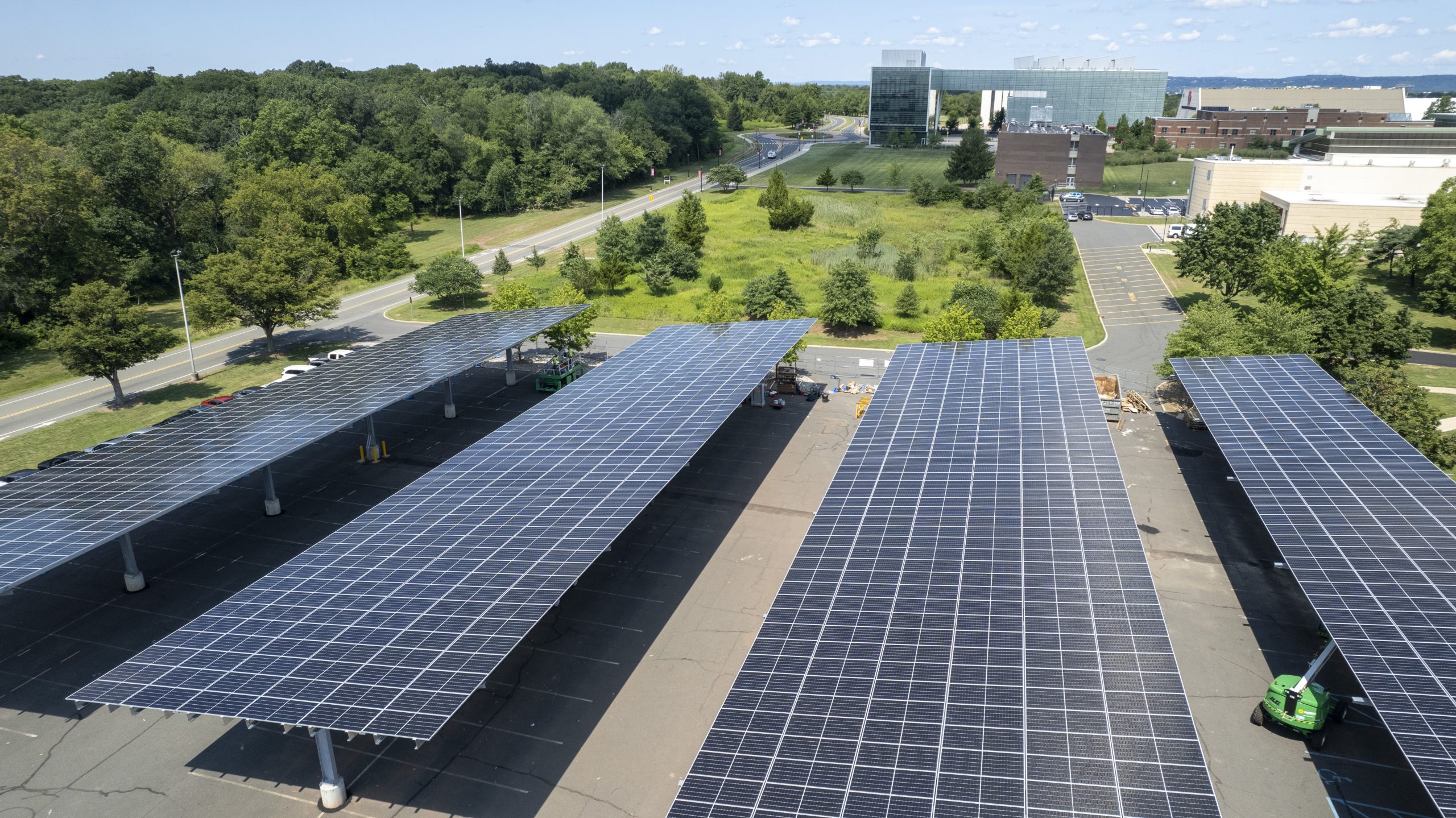
Rutgers has pledged to become carbon neutral by 2040 and carbon-negative -- removing more greenhouse gases than we are putting into the atmosphere -- no later than the university's 275th anniversary in 2041. Monitoring and reporting Rutgers’ energy use is a key step in ensuring that we are on track to meeting this goal. This dashboard is the first in a series of sustainability dashboards that will be developed and illustrates the progress made by the Energy & Buildings Climate Action Group.
In addition to tracking our progress to goal, we invite Rutgers community members to download and use these data as research and learning tools.
Explore the Dashboard Here
Climate Action at Rutgers
Core Values
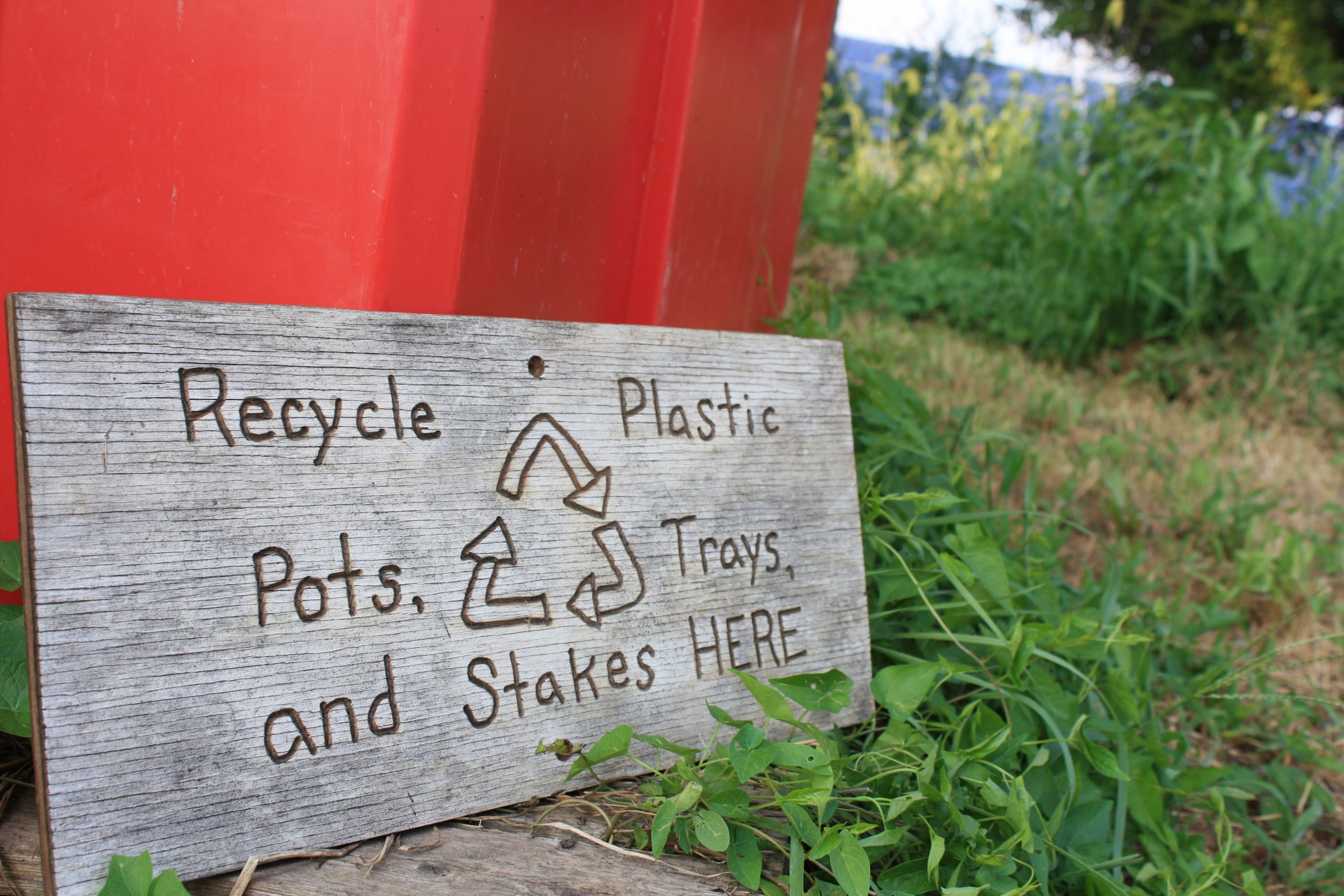
OCA News & Events
Upcoming Events
There are no upcoming events.
Full Calendar




